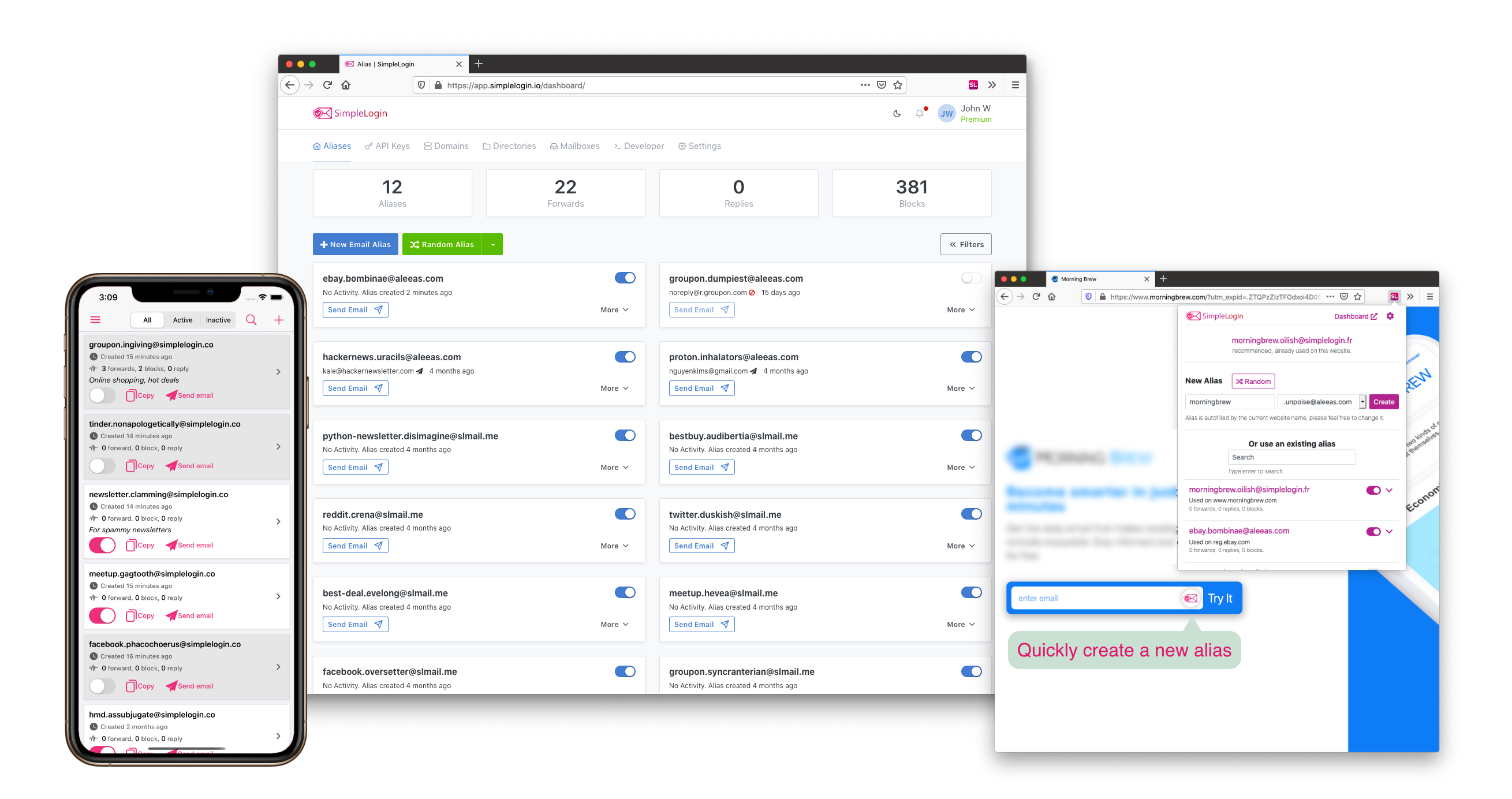Email aliasing is one of the most underrated privacy techniques that has yet to go mainstream. For the privacy-conscious user, it offers a degree of separation between all your accounts, making it harder for data brokers to correlate your various accounts across different services by not using the same email address to sign up. For security, the same technique can also help defeat credential stuffing while obscuring your true email address, which is the central hub where all your identities can be managed (and the email address itself is literally half of the login information a would-be attacker would need to attempt to login). Your inbox is a critical thing to protect since a breach can offer information about additional accounts you have (via the emails already sitting in your inbox like updates, notifications, sign-in verifications, etc) as well as allowing an attacker to simply hit “reset password” on websites where you already have an account and thus take them over. As for mainstream users, the biggest advantage is probably the ability to manage spam more effectively – particularly from companies who refuse to respect opt-out links – from a single inbox, rather than having one inbox for professional use, then logging out and back into another for online shopping, then another for personal or newsletters, and so forth or simply having to give up and hope the spam filters don’t falsely flag anything important (or let junk though). Email aliasing makes effectively managing and controlling your inbox incredibly easy. With that in mind, this week, let’s examine some popular email aliasing services that the privacy community has to offer.
I've been using Addy for years and it's been great. I believe I'm on the lite plan and have never (to my knowledge) hit any limits. Definitely recommend.
Anyone using a forwarding service might also want to search the web for "disposable" email domain blacklists, and petition their maintainers to remove the service you use from their lists. They end up getting used by web developers, leading to many web sites rejecting forwarding addresses, or sometimes even accepting the addresses and then silently dropping messages while claiming to have sent them.
You can get your own domain and host email on a decent provider who offers a way to make aliases (and doesn't nickel and dime you for it).
You can, but that doesn't solve the privacy problem, since all the aliases on your custom domain correlate to the same person (or small group of people) and can therefore be used for tracking.
I use the one that's built in to the Fastmail service. I have a custom domain just for aliases. The Fastmail alias-creation API is integrated with the Bitwarden app (which I use) so that makes creating new accounts (that use email addresses as usernames) on websites really easy. I also use Spamgourmet which is free, convenient, and has been around a very long time. No custom domains there, but they let you use a variety of their domains and they have some short ones which is nice, but I do find that they're blocked pretty often, mostly by major mailing list services.



